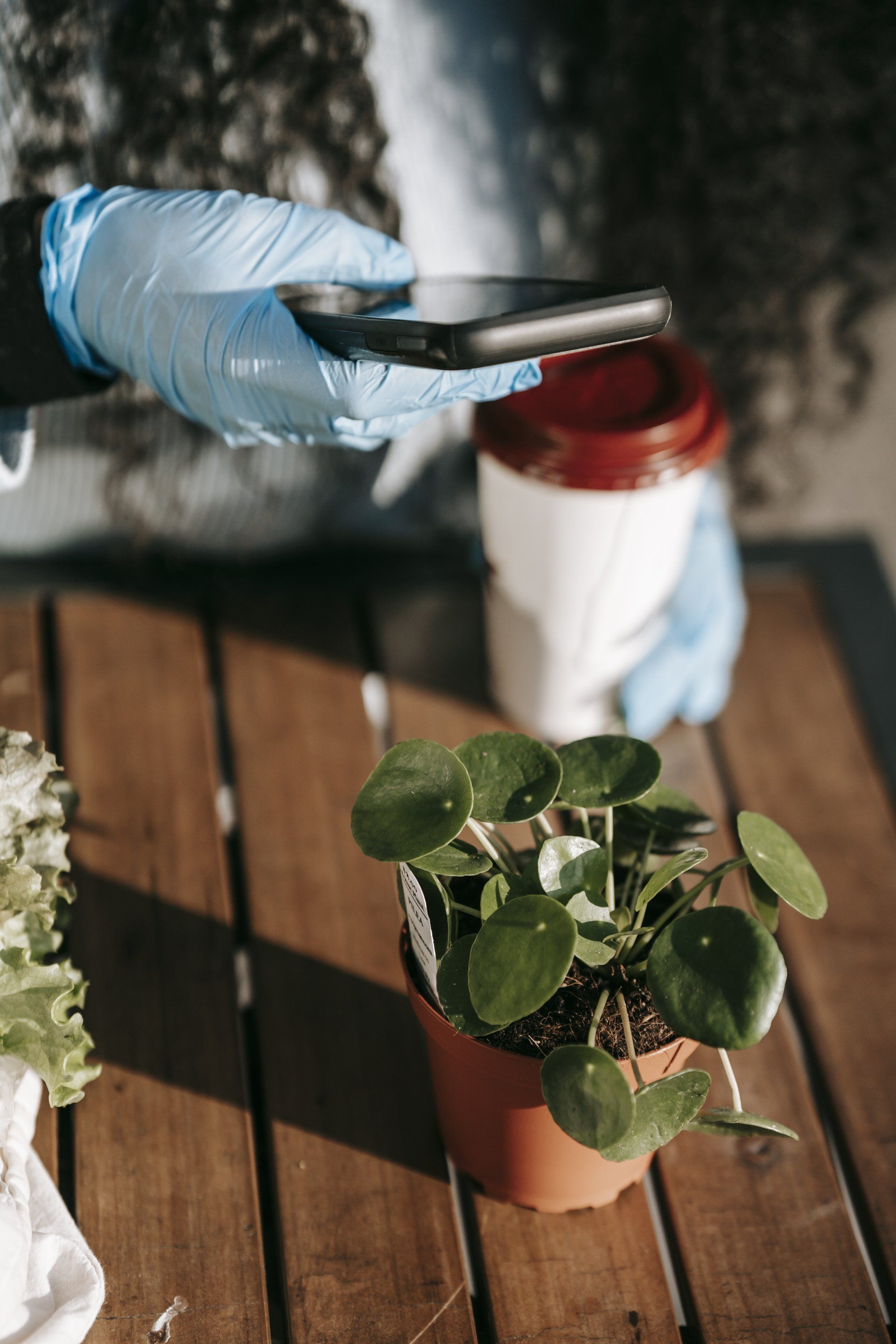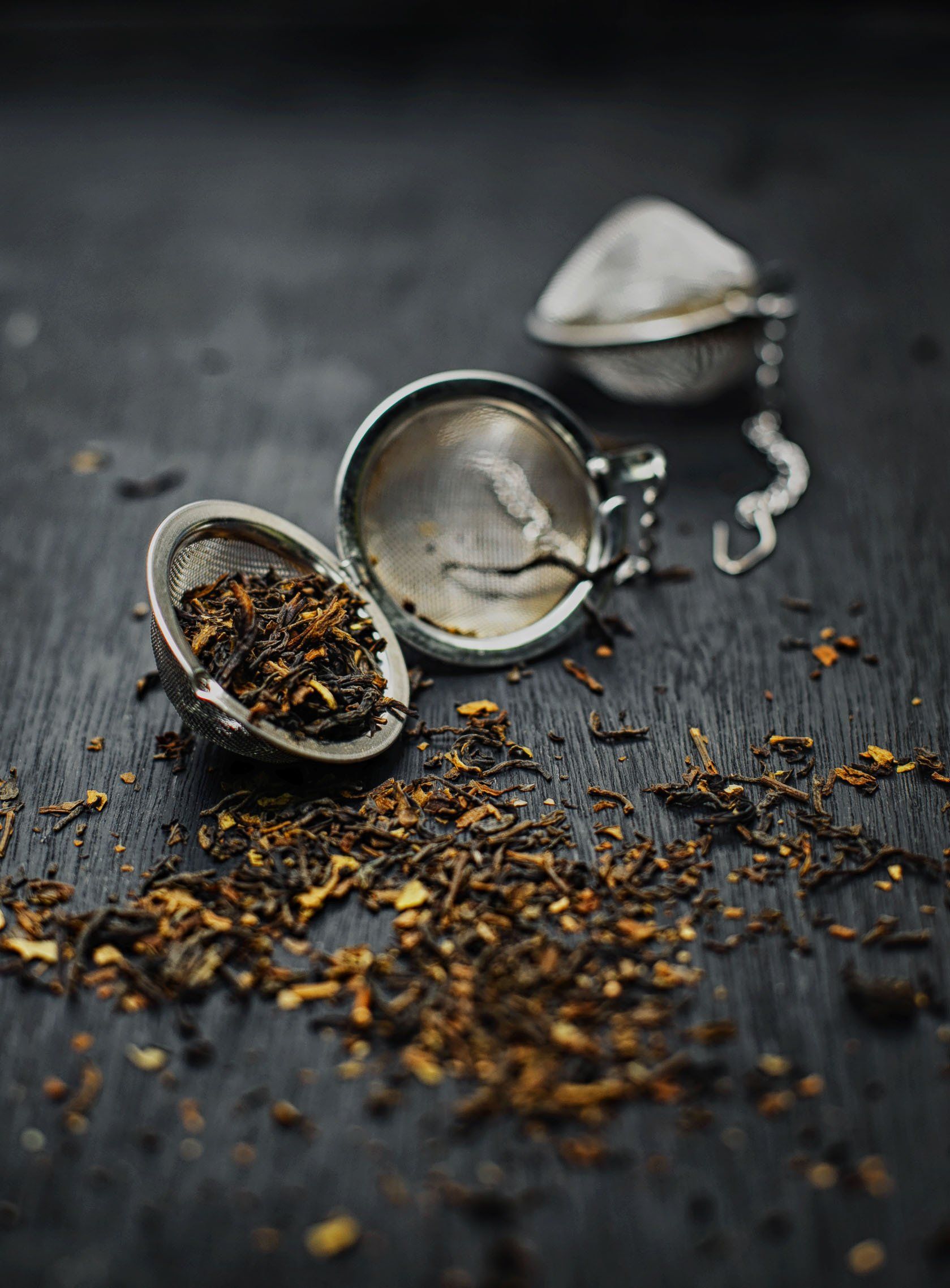Growing Tea
Grow your own tea!

How many types of tea are there in the world? I don't know either, but we agree it's a lot. I came across a great article regarding harvesting tea leaves and found a very interesting fact. Almost all the tea in the world is derived from Camellia sinensis (Grant, 2020). The plant alone matures in about two years, and at five years, the plant produces adequate tea leaves. The key to making a quality tea from the plant resides in the ability of the gardener to allow the plant to mature, bloom, scale back, regrow then package for its full benefit. Effective leadership can follow the same process. That one person in the workplace can't seem to get it right. What stage in the harvesting process is their talent within your organization? Coming to a new organization is essentially uprooting a plant and placing it into a new environment. Of course, the subordinate person's job description may have or not changed. The leader's responsibility is to be the organizational gardener. Feedback is the water and sunshine needed for the employee to survive. Negative feedback frequently equates to too much sun and water, which damages the plant. While a damaged plant may thrive to maturation, the final product will have many beneficial properties. Damaged plants yield poor fruit. Damaged subordinates become counterproductive followers and leaders. Most leaders will make mistakes. True leadership comes from recognizing you haven't been maintaining your tea plant and take action to heal the plant. Next time you're faced with a challenging subordinate, think about the quality of tea you'd prefer to drink. Until next time…Sip away.
Source: Grant, Amy. (2020). When to harvest tea plants: Information on tea plant harvesting. Harvesting Tea Plants - Tips on How to Harvest Camellia Sinensis (gardeningknowhow.com).


